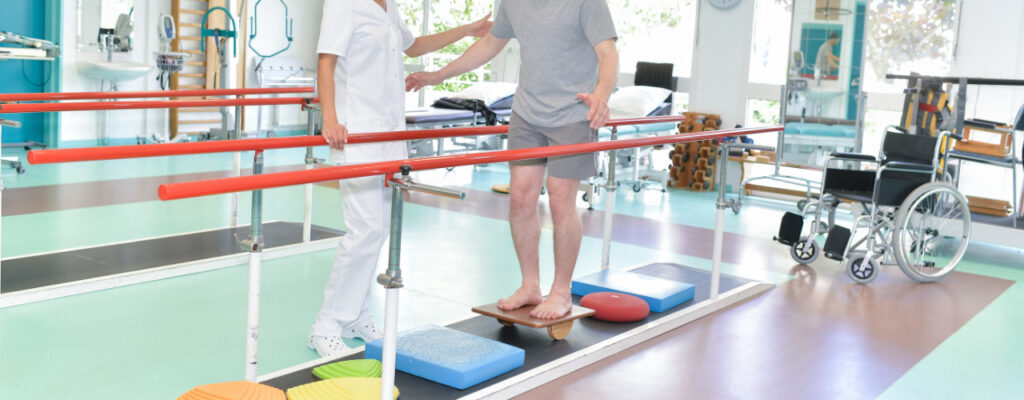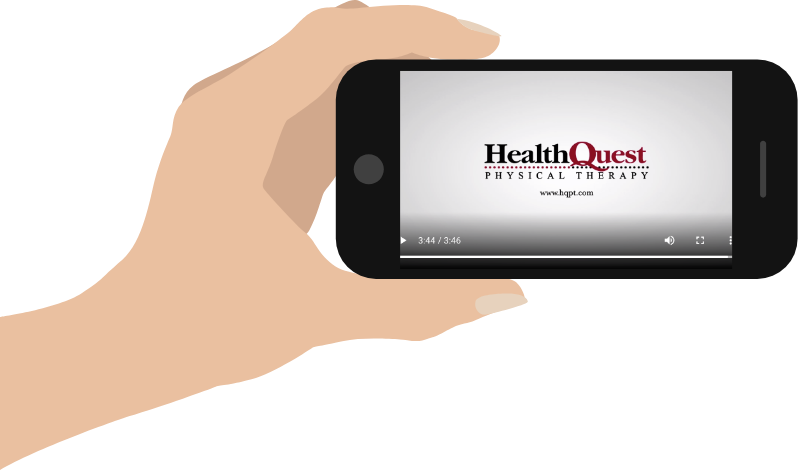Balance & Walking Disorders

What Are Balance & Walking Disorders?
Balance and walking disorders are usually related to each other. Walking, or “gait problems”, are actually one of the leading causes of falls among older Americans. If something is wrong with your gait, working with a physical therapist can help restore your normal gait.
Balance and gait dysfunctions affect many individuals at some point in their lives and occur when a disease, trauma, injury or natural aging process result in the inability to maintain the body over the feet. This can lead to decreased stability, loss of balance and falls. Balance and gait dysfunctions commonly result in decreased participation in recreational activities, decreased independence, and increased risk of falls during everyday activities.
40+ CONVENIENT LOCATIONS
POTENTIAL GOALS & STRATEGIES
for treating balance & walking disorders
Improve stability & Prevent falls
improved
mobility & flexibility
increased
strength & endurance
education & preventative tools
return to
normal function
proper
alignment
Start Your
journey to health Today
COMMON CONDITIONS
we treat of balance & walking disorders
- How you walk – your pace, rhythm and style – are also known as your gait. After a foot or leg injury, or after a neurological problem such as a stroke, you may find yourself with a need to improve your walking skills. Gait training can improve your leg or foot movement to increase your stability. Common in runners, athletes, older adults, and those who have had an injury, gait training can help you move faster, with better posture and without pain.
- Balance and gait disorders are often lumped together because the two are related. If something is “off” with your balance, your gait is likely affected. Balance and walking disorders both fall under the category of functional disorders since they can interfere with your positional awareness, your ability to keep yourself upright, and your overall normal movement functions.
- Musculoskeletal problems contribute to balance and gait dysfunction because a certain level of mobility and strength are required to produce functional movements. Limitations in range of motion, flexibility, strength, and/or endurance, whether orthopedic or neurological in origin, can contribute to the deficits.
- Aging is a leading cause of balance and gait dysfunctions. As one ages, strength and flexibility decrease causing impairments to balance and an increased risk of falls.
TREATMENT PLAN
for balance & walking disorders
We treat the individual…not just the pain or dysfunction. Your physical therapy treatment may include:
Personalized Evaluation
& Treatment Plan
customized therapeutic
exercise program
hands-on
manual therapy
biofeedback
techniques
soft tissue mobilization
& myofascial release
joint
mobilization
relaxation
techniques
biomechanical & functional retraining & education
learn more about
balance & walking disorders
When you arrive at one of our Southeast Michigan physical therapy offices, you will undergo an initial evaluation to examine your balance, gait, stance, symptoms, and medical history. Your therapist might watch you walk back and forth a few times to observe your gait. Your gait might be timed because the speed at which a person takes a step is often related to falling. You might also go through some balance tests to analyze your risk of falling. A series of strength and range-of-motion measurements will be done to determine if there is a physical component to any gait or balance problems, such as musculoskeletal limitations. Reflex and sensation screenings will also be done because balance and gait disorders frequently have a neurological component. Once this is complete, your physical therapist will design an individualized treatment plan based on your specific needs, in order to treat your balance or gait disorder.

